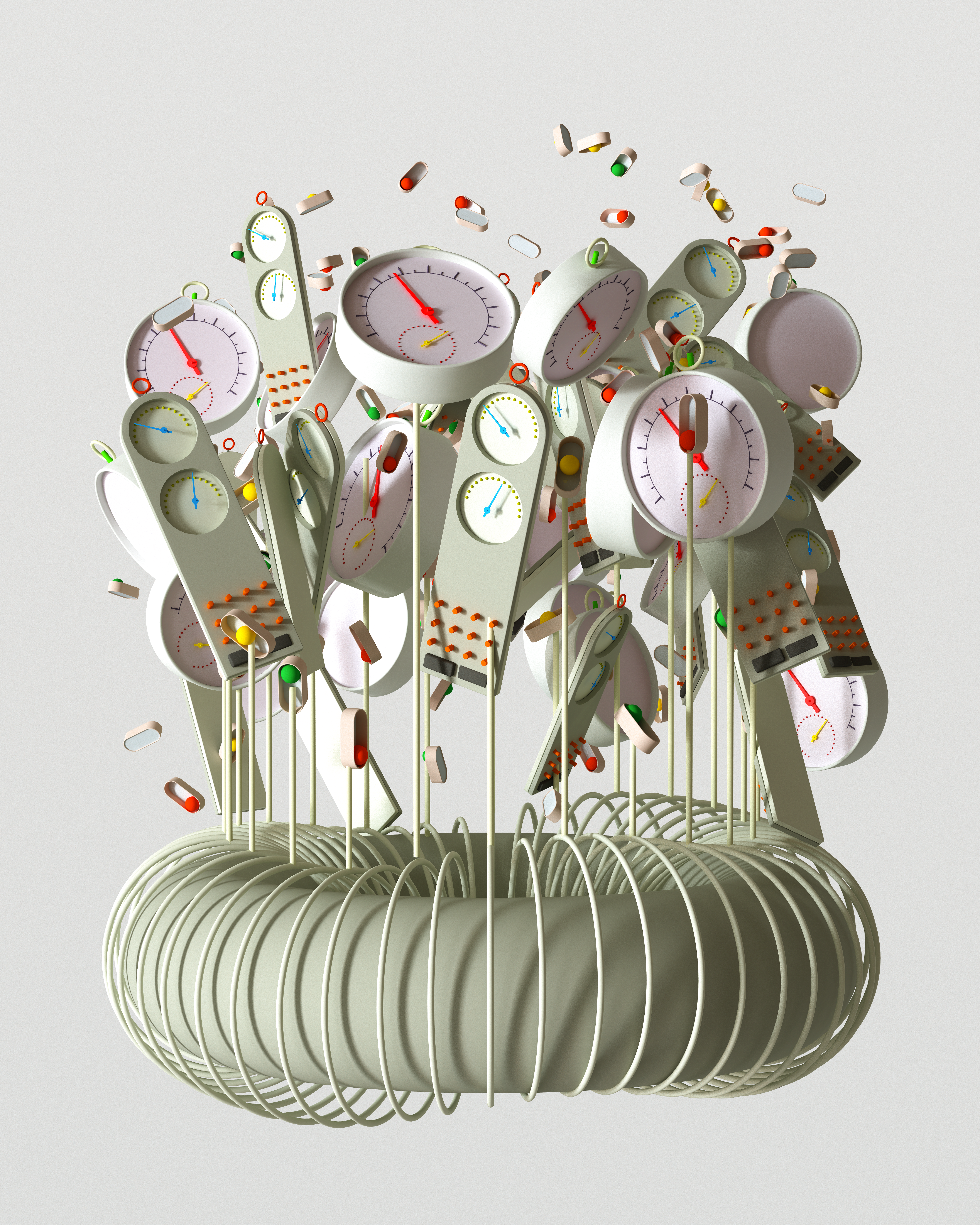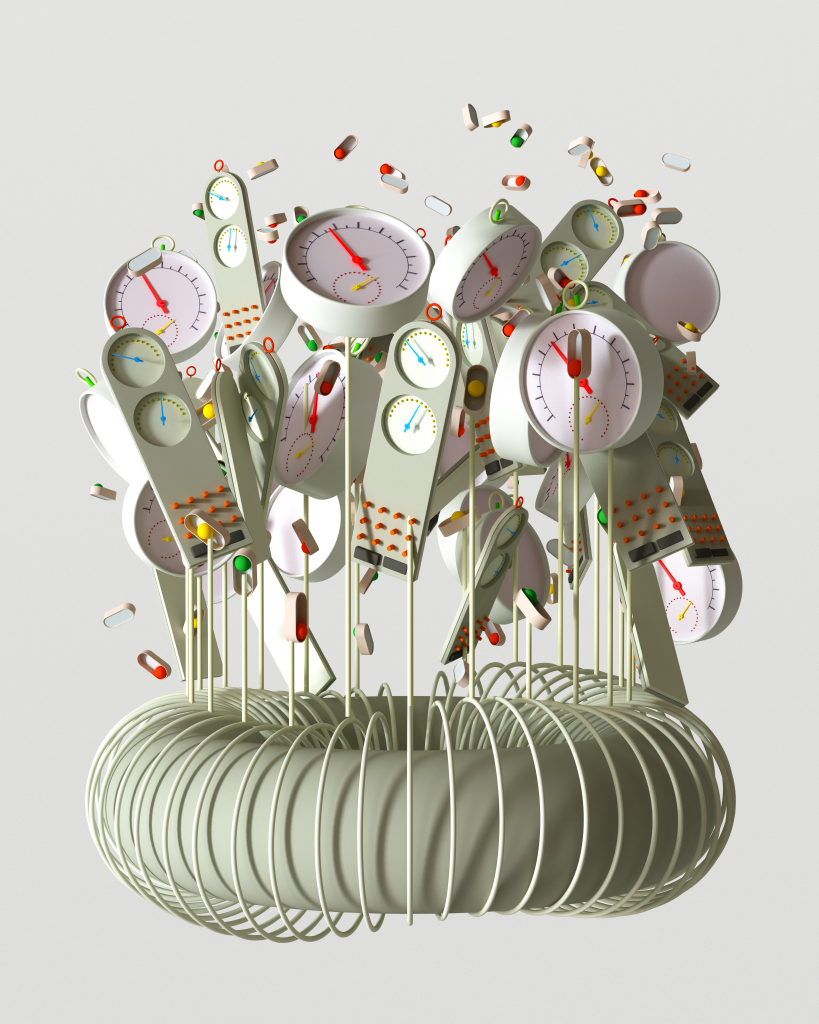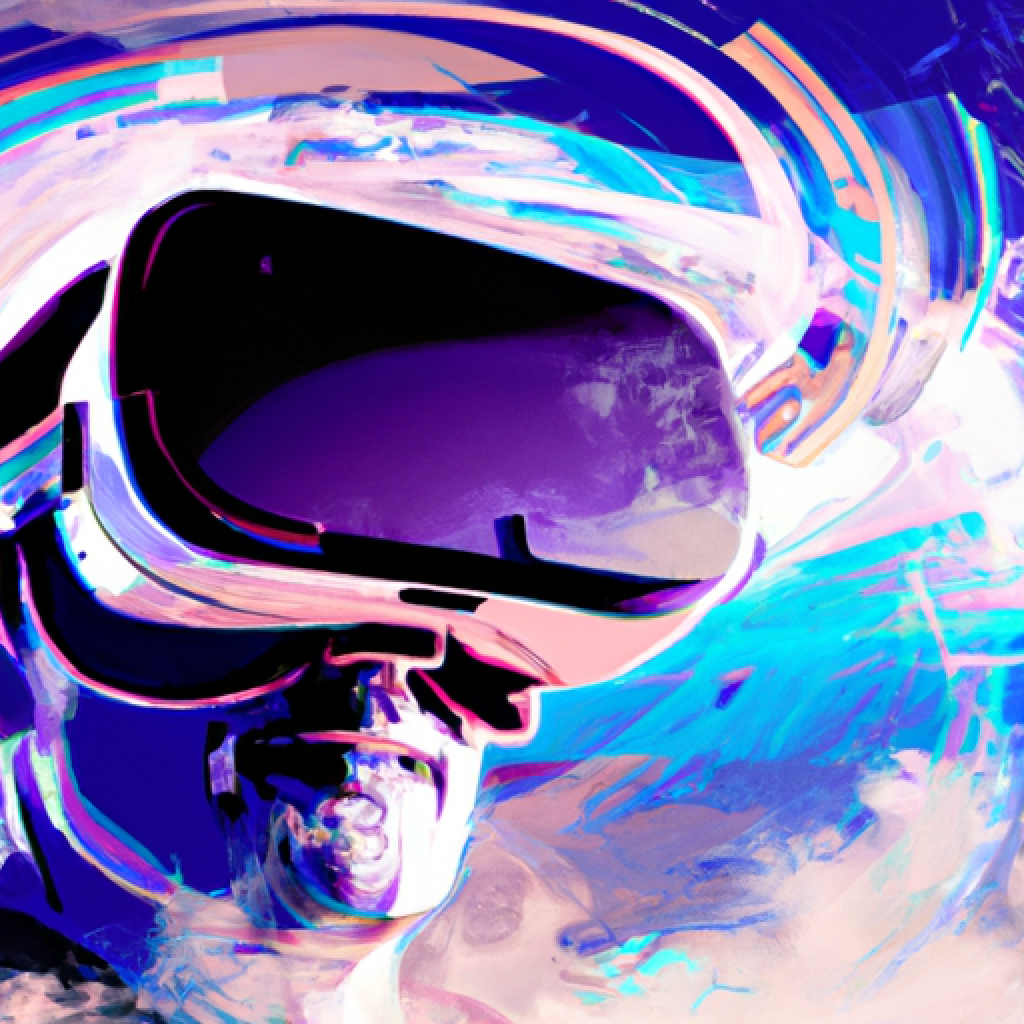Are VR Headsets Good Or Bad?

As someone who has been fascinated with technology for as long as I can remember, I couldn’t help but ponder the question: Are VR headsets good or bad? It’s a debate that has been raging on ever since virtual reality became mainstream. On one hand, the ability to transport ourselves into immersive digital worlds is undeniably mind-blowing. But on the other hand, concerns about the potential health risks and social implications have left many skeptical. In this article, I aim to explore both the pros and cons of VR headsets and offer a balanced perspective on whether they are a wonderful innovation or a cause for concern.

Understanding VR Headsets
What are VR Headsets?
VR headsets, also known as virtual reality headsets, are devices that allow individuals to immerse themselves in virtual reality experiences. These headsets typically consist of a head-mounted display (HMD) that is worn on the head and uses screens to display virtual images. They also integrate motion tracking sensors, which enable users to interact with the virtual environment based on their movements.
The technology behind VR Headsets
The technology behind VR headsets is quite sophisticated. These devices use a combination of optics, display screens, motion sensors, and audio systems to create an immersive virtual experience. The display screens, located inside the headset, present separate images to each eye, creating a stereoscopic 3D effect. Motion sensors track the movements of the user’s head, allowing them to look around and interact with the virtual world. Additionally, some VR headsets also incorporate haptic feedback mechanisms, such as controllers or gloves, to provide a more tactile experience.
Different types of VR headsets
There are several types of VR headsets available in the market today, each offering unique features and capabilities. The most common types include tethered VR headsets, standalone VR headsets, and mobile VR headsets.
Tethered VR headsets require a physical connection to a computer or gaming console. These headsets offer high-quality graphics and advanced features but require a powerful computer or console to run the virtual reality applications.
Standalone VR headsets, on the other hand, do not require any external connection. They have their processing power built-in, making them more portable and user-friendly. These headsets are ideal for individuals who want to experience virtual reality without the need for additional equipment.
Mobile VR headsets utilize smartphones as their display screens and processing units. These headsets are usually more affordable and accessible but may not offer the same level of graphics and performance as tethered or standalone VR headsets.
The Advantages of VR Headsets
Realistic immersive experiences
One of the major advantages of VR headsets is the ability to provide realistic and immersive experiences. VR technology allows users to feel like they are physically present in a different environment, whether it’s exploring virtual worlds, visiting historical landmarks, or even participating in virtual training simulations. The sense of presence and immersion provided by VR headsets can enhance the overall experience and make it more engaging and memorable.
Applications in education
VR headsets have the potential to revolutionize education by providing immersive and interactive learning experiences. Students can virtually visit historical sites, explore scientific concepts, or even participate in simulated experiments or dissections. This hands-on approach to learning can greatly enhance students’ understanding and retention of knowledge.
Use in therapy and rehabilitation
VR headsets are increasingly being used in therapeutic settings to treat a variety of conditions, including anxiety disorders, phobias, and post-traumatic stress disorder (PTSD). Virtual reality exposure therapy allows individuals to confront and overcome their fears in a controlled and safe environment. VR headsets can also be used in physical rehabilitation to simulate real-world scenarios, helping patients regain mobility, balance, and coordination.
Role in gaming and entertainment
VR headsets have had a significant impact on the gaming and entertainment industry. With the ability to create immersive and interactive gaming experiences, VR headsets have brought a new level of realism and excitement to gaming. Players can fully immerse themselves in virtual worlds, interact with characters and environments, and experience gameplay like never before. Additionally, VR headsets are also used for watching movies and virtual concerts, providing a more immersive and engaging entertainment experience.
The Disadvantages of VR Headsets
Potential for motion sickness
One of the main disadvantages of VR headsets is the potential for motion sickness or simulator sickness. Some individuals may experience nausea, dizziness, or disorientation when exposed to virtual reality environments, especially when there is a disconnect between their perceived motion and actual physical motion. This can limit the length of time that individuals can comfortably use VR headsets and may deter some individuals from using them altogether.
Eye strain and other health concerns
Extended use of VR headsets can cause eye strain and fatigue due to the intense focus required on the close-up virtual images. Some individuals may also experience headaches or discomfort from wearing the headset for extended periods. Additionally, prolonged use of VR headsets may contribute to sedentary behavior, as users are typically stationary while engaging in virtual experiences. It is important to take regular breaks and practice proper ergonomics when using VR headsets to minimize these risks.
High costs
VR headsets can be quite expensive, especially the high-end tethered or standalone devices. In addition to the cost of the headset itself, users may need to invest in a powerful computer or gaming console to run the virtual reality applications effectively. This cost barrier can limit the accessibility of VR technology to a wider audience, especially in lower-income communities or developing countries.
Limited content and applications
While the content and applications for VR headsets have been growing steadily, there is still a relatively limited selection compared to other forms of media and entertainment. This can be a drawback for individuals who are looking for a diverse range of experiences or who have specific interests that are not well-represented in the current VR market. However, as the technology continues to evolve and gain popularity, it is likely that the range of available content and applications will expand.
Economic Impact of VR Headsets
Growth of the VR market
The VR market has experienced significant growth in recent years, with more and more companies investing in the development of VR technology and content. According to market research, the global virtual reality market is expected to reach a value of over $100 billion by 2027. This growth is driven by advancements in technology, increased consumer adoption, and the expansion of VR applications across various industries.
Job creation
The growth of the VR market has also led to the creation of new job opportunities. As VR technology becomes more prevalent, there is an increasing demand for professionals with expertise in VR development, design, and content creation. This includes VR programmers, graphic designers, 3D artists, and UX/UI designers, among others. The emergence of VR as a mainstream technology has the potential to create jobs and stimulate economic growth in the coming years.
Impact on related industries
The impact of VR headsets extends beyond the technology itself. The growing popularity of VR has influenced other industries, such as gaming, entertainment, tourism, and education. Companies in these sectors are adapting and incorporating VR technology into their products and services to enhance the user experience and engage their audiences in new and innovative ways. This cross-industry collaboration and integration of VR have the potential to drive economic growth and create synergies between different sectors.

Social Impact of VR Headsets
Changes in social interaction
The use of VR headsets can potentially change the way individuals interact and communicate with each other. With virtual reality, people can connect and socialize in virtual spaces, regardless of geographic distances. Virtual social platforms and multiplayer VR games allow users to meet and interact with others in a simulated environment, fostering new forms of social engagement. However, some argue that excessive use of VR can lead to decreased face-to-face interactions and a potential disconnection from the real world.
Potential for addiction
Like any form of immersive technology, there is a risk of addiction associated with VR headsets. The captivating and realistic nature of virtual reality experiences can make it difficult for some individuals to differentiate between the virtual and real world. Excessive use of VR headsets, especially in vulnerable populations, may contribute to a dependence on virtual experiences and a neglect of real-life responsibilities. It is important for individuals to use VR technology responsibly and in moderation.
Digital divide issues
The accessibility and availability of VR headsets can contribute to the digital divide, the gap between those who have access to technology and those who do not. Lower-income individuals and communities may lack the resources or financial means to purchase VR headsets or access VR-enabled experiences. This can further exacerbate existing inequalities and limit the opportunities for individuals who are already marginalized. Addressing these digital divide issues is crucial to ensure equal access to the benefits and opportunities provided by VR technology.
Ethical Implications of VR Headsets
Privacy and data security concerns
The use of VR headsets raises concerns about privacy and data security. VR platforms and applications often collect and store user data, including personal information and behavioral data. This data can be used to personalize and improve the user experience but may also be subject to misuse or unauthorized access. It is important for VR developers and companies to implement robust privacy and security measures to protect users’ data and ensure transparency in how the data is collected, used, and shared.
Simulation sickness
The potential for simulation sickness, or the discomfort and disorientation experienced during VR experiences, raises ethical considerations. Developers and content creators have a responsibility to minimize the risk of simulation sickness by designing experiences that are comfortable and suitable for a broad range of users. Additionally, providing clear warnings and guidelines for users on how to mitigate the risk of simulation sickness can promote responsible use of VR headsets.
Effects on perception of reality
The immersive nature of VR headsets can blur the line between the virtual and real world, raising questions about the potential impact on individuals’ perception of reality. Prolonged exposure to realistic and engaging virtual experiences can influence users’ thoughts, emotions, and behaviors. It is important for users to maintain a critical and discerning mindset when engaging with virtual reality and to recognize the distinction between simulated environments and real-life situations.

Comparing VR Headsets to other technologies
VR vs AR
Virtual reality (VR) and augmented reality (AR) are often compared due to their similarities and overlaps. While VR aims to fully immerse users in a virtual environment, AR overlays digital information onto the real world, enhancing the user’s perception of the physical surroundings. Both technologies have their unique applications and strengths. VR is well-suited for gaming, simulations, and virtual experiences, while AR is often used in industrial, educational, and practical applications. The choice between VR and AR depends on the specific needs and goals of the user or organization.
VR vs traditional gaming
Traditional gaming and VR gaming offer different types of experiences to players. While traditional gaming typically involves playing on a screen using a controller or keyboard, VR gaming allows players to physically engage with the virtual environment and interact with the game world using motion controllers or tracked movements. VR gaming provides a heightened sense of immersion and presence, making the player feel like they are inside the game. However, VR gaming requires more space, equipment, and investment compared to traditional gaming, which may limit its accessibility for some gamers.
Cost comparison
When comparing the cost of VR headsets to other technologies, it is important to consider the specific features, capabilities, and quality of the devices. High-end tethered VR headsets, such as the Oculus Rift or HTC Vive, typically cost several hundred dollars, while standalone or mobile VR headsets, like the Oculus Quest or Samsung Gear VR, can be more affordable. The overall cost of VR also includes additional expenses, such as a gaming computer or console, VR-compatible games or applications, and potential accessories. It is crucial for individuals to carefully evaluate their budget and requirements before investing in a VR headset.
The Future of VR Headsets
Technological advancements
The future of VR headsets is promising, as technology continues to evolve and improve. Advancements in display technology, such as higher resolution screens and wider field of view, can enhance the visual quality and realism of VR experiences. Improvements in motion tracking and haptic feedback systems can provide more responsive and immersive interactions. Additionally, the integration of artificial intelligence and machine learning can enhance the capabilities and personalized experiences offered by VR headsets.
Potential new applications
As VR technology becomes more accessible and widespread, new applications and use cases are likely to emerge. VR headsets can be used in professional training and skill development, allowing individuals to practice and refine their skills in a safe and controlled environment. Architectural visualization, virtual travel, and virtual product try-ons are some of the areas where VR can have a significant impact. With continued advancements and innovation, VR headsets have the potential to revolutionize various industries and transform the way we work, learn, and interact.
Predictions for VR market growth
The VR market is poised for significant growth in the coming years. Market research suggests that the increasing demand for immersive and interactive experiences, coupled with advancements in technology, will drive the expansion of the VR market. The adoption of VR in sectors such as gaming, healthcare, education, and enterprise is expected to accelerate the growth of the VR industry. However, the pace and direction of this growth will depend on various factors, including the development of compelling content, price accessibility, and addressing potential challenges and limitations associated with VR headsets.

Educational Uses of VR Headsets
VR in schools and colleges
VR headsets have the potential to revolutionize education by providing immersive and interactive learning experiences. In schools and colleges, VR can be used to complement traditional teaching methods and bring subjects to life. Students can explore ancient civilizations, witness scientific phenomena, or engage in virtual simulations that are otherwise challenging or impossible in a traditional classroom. VR can enhance student engagement, improve retention, and promote active learning.
Virtual field trips
One of the practical applications of VR headsets in education is virtual field trips. With immersive VR experiences, students can visit historical landmarks, natural wonders, or cultural sites without leaving the classroom. Virtual field trips can overcome geographic and financial barriers and expose students to a rich variety of educational experiences. Students can interact with the virtual environment, gather information, and engage in discussions, enhancing their understanding and appreciation of the subject matter.
VR for training and skill development
VR headsets are valuable tools for training and skill development in various industries. From medical simulations to flight training, VR can replicate real-life scenarios and allow individuals to practice and refine their skills in a safe and controlled environment. VR training simulations can be more cost-effective than traditional methods and provide a higher degree of realism and interactivity. Additionally, VR can be used for soft skills training, such as public speaking or conflict resolution, by creating realistic scenarios that challenge and engage learners.
What Are the Potential Negative Effects of Excessive VR Use?
Excessive VR use can have too much virtual reality’s negative impacts on individuals. Prolonged exposure to virtual reality can lead to visual discomfort, motion sickness, and even nausea. Additionally, habitual use of VR may induce addiction and have detrimental effects on mental health, causing social isolation and disconnection from reality. Moderation is key to preventing these potential negative consequences.
Medical Uses of VR Headsets
Therapeutic uses
VR headsets have shown great promise in therapeutic settings. Virtual reality exposure therapy (VRET) is a technique that has been used to treat anxiety disorders, phobias, and PTSD. By gradually exposing individuals to anxiety-provoking situations in a controlled virtual environment, VRET helps them confront and overcome their fears. VR therapy has also been used to manage pain, reduce stress, improve relaxation techniques, and aid in the treatment of various mental health conditions.
Surgical training
VR headsets have significant implications for surgical training and education. Surgeons can use VR simulations to practice complex procedures, refine their skills, and gain valuable experience before performing surgeries on actual patients. VR enables training in a risk-free environment, allows trainees to perform repetitive practice, and provides performance feedback. The immersive and realistic nature of VR enhances the training experience and can contribute to better patient outcomes and safety.
Rehabilitation therapies
For individuals undergoing physical rehabilitation, VR headsets offer a new approach to therapy. Virtual reality can provide rehabilitation exercises that are engaging, motivating, and tailored to the individual’s needs. VR can simulate real-world scenarios, such as walking on uneven terrains or reaching for objects, allowing patients to practice and regain their motor functions. VR therapy can also provide real-time feedback, track progress, and make rehabilitation sessions more enjoyable, increasing adherence and ultimately improving outcomes.
In conclusion, VR headsets offer both advantages and disadvantages, with potential impacts on various aspects of society. The immersive and interactive experiences provided by VR headsets can enhance education, therapy, gaming, and entertainment. However, concerns such as motion sickness, eye strain, high costs, and limited content need to be addressed. The economic and social impacts of VR headsets are significant, with job creation and changes in social interactions being observed. Ethical implications, including privacy concerns and effects on perception of reality, should also be carefully considered. By comparing VR headsets to other technologies, understanding their future potential, and exploring their educational and medical applications, we can gain a comprehensive understanding of the benefits and challenges associated with this rapidly evolving technology.








